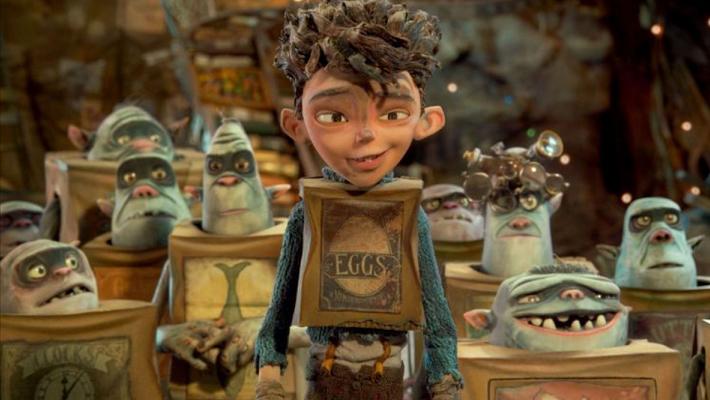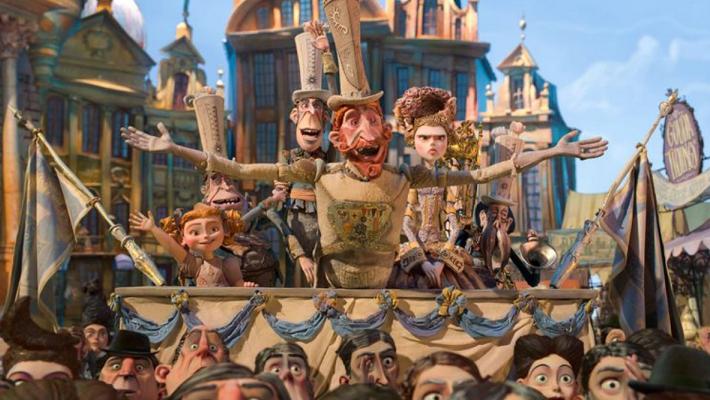“Boxtrolls” opened Friday to respectable reviews and $17.3 million in box office, the strongest opening ever for Laika. The film is meant to appeal to audiences looking for something more offbeat than the usual Hollywood animation fare.
“Animation’s never been more popular than it is right now, and yet as a fan there is a generic sameness to so much of what comes out from the big animation houses,” Knight said in an interaction with media. “It’s a shame because you can use this extraordinary visual medium to tell really unusual, beautiful stories. … When someone tells me that it was the weirdest thing they’ve ever seen … to me that shows that they’re engaged.”

Directed by Anthony Stacchi and Graham Annable, “The Boxtrolls” is loosely based on a bestselling children’s book called Here Be Monsters by Alan Snow. The boxtrolls are a family of misunderstood, mischievous trash collectors living underground – a kind of steampunk version of Despicable Me’s minions – who adopt a human boy named Eggs (voiced by Isaac Hempstead Wright of Game of Thrones).
Above them on the streets of Cheesebridge, an anti-boxtroll crusader named Archibald Snatcher (Ben Kingsley) is angling for membership in society’s most elite group, the White Hats, who spend their time eating lots of stinky cheese.
Made using a combination of the 100-year-old medium of stop motion along with modern digital animation, The Boxtrolls significantly expands on the scope of Laika’s previous film, ParaNorman. To create moving water, for instance, one of the studio’s riggers used two pieces of shower glass lit from beneath.

As one of the few places in the world still making stop-motion animated films – along with Britain’s Aardman Animations – Laika attracts artists with unusual skills, like the ability to knit tiny sweaters.
Laika is one of a handful of animation businesses – some independent studios, some units within larger film studios – that have emerged in recent years to produce high-quality, often-irreverent work at considerably smaller budgets than the films coming from traditional industry leaders Disney, Pixar and DreamWorks Animation.
